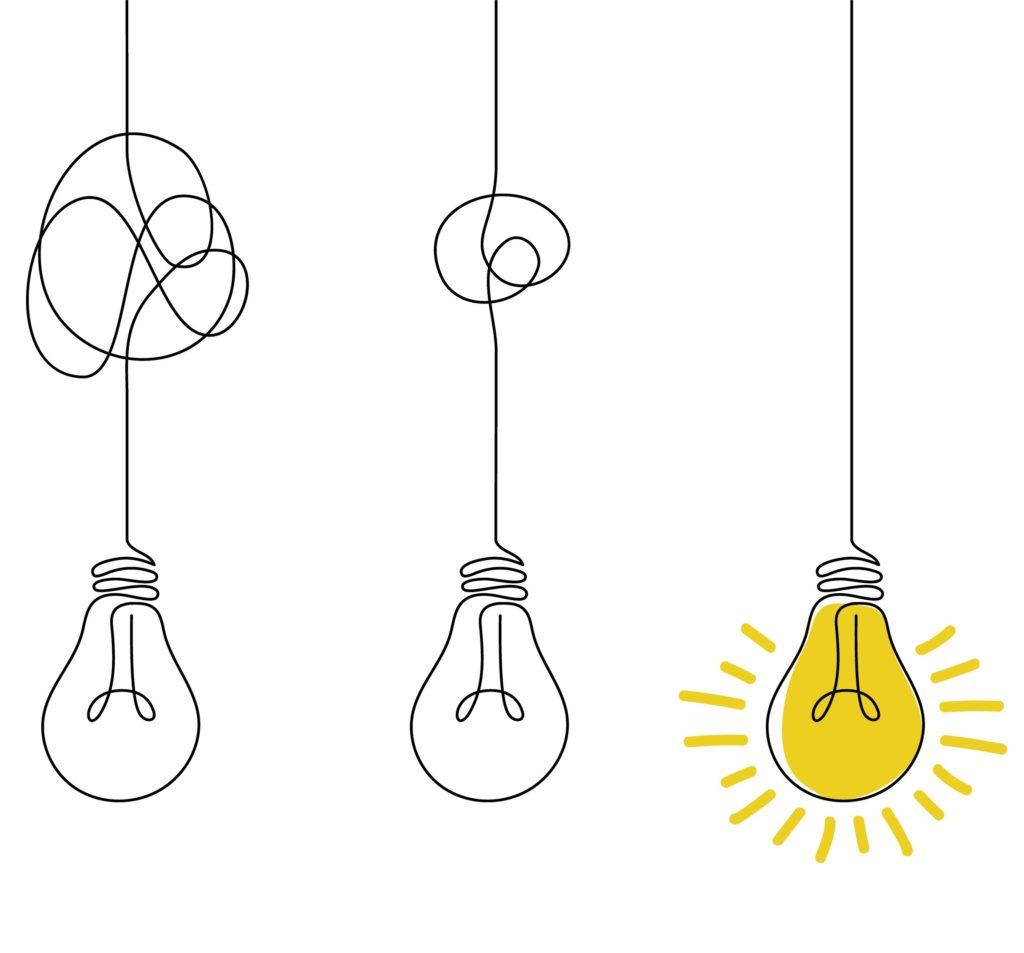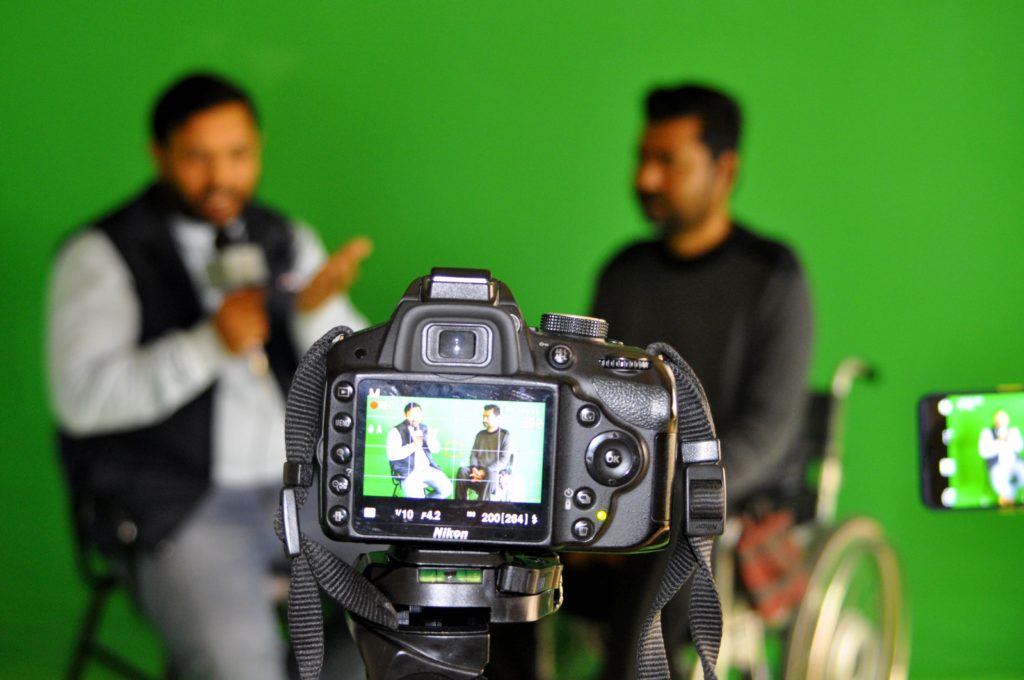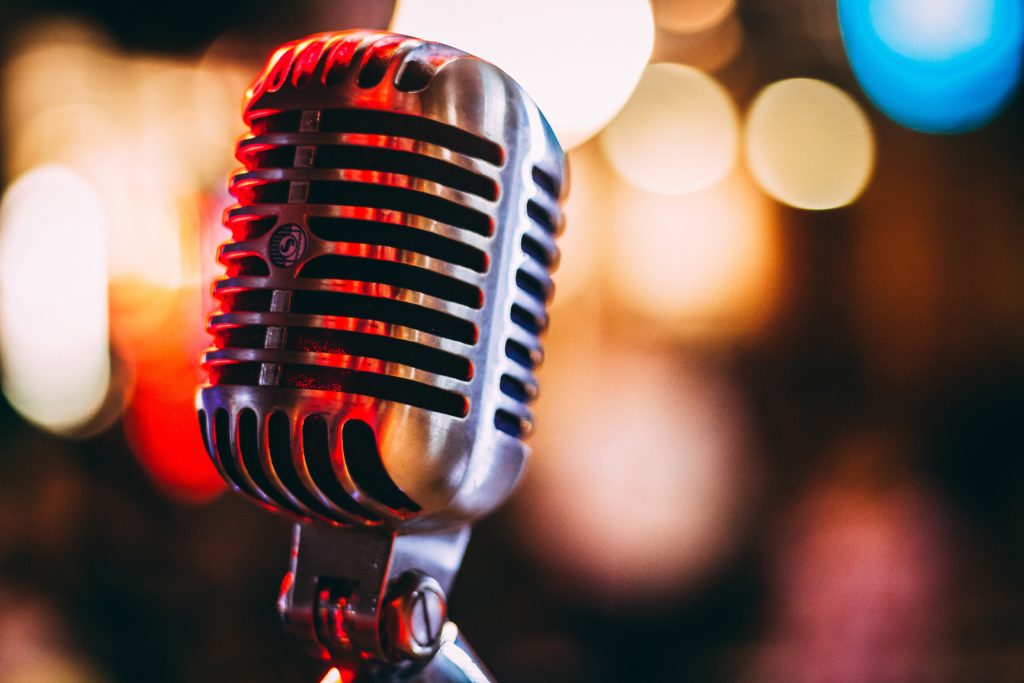Why The "Little" Things Matter In Media Relations
Note: My firm signs a confidentiality agreement with all of its clients. This client generously granted permission for me to write this story despite that agreement.
My firm recently conducted a media training session with the senior executives of the Ladies Professional Golf Association (LPGA). Among our trainees was the LPGA’s impressive Commissioner, Michael Whan.
In preparation for our session, I read dozens of news stories about the LPGA. One of those stories—an article by Jason Sobel that ran on ESPN.com in 2010—immediately caught my eye, because it teaches all media spokespersons a critical lesson.
Here’s how Sobel’s article began:
“There are a few things about new LPGA commissioner Michael Whan that struck me as noteworthy upon the first time I interviewed him:
- He makes the call. Literally. There is no office assistant or lackey who phones for Mr. Whan, then puts you on hold while the commish gets around to talking. He punches the buttons all by himself, which is momentous for its opposition to others in such positions.
- It’s never “Mr. Whan.” In fact, it’s not even “Michael.” He instead introduces himself simply as “Mike.” Again, that may not sound like much, but it’s a personal touch others reserve only for the most informal moments.
- He says thank you. Not at the end of conversations, which is pretty standard. No, he actually sends an e-mail thanking the interviewer later that day. I can count on one hand the number of times that’s happened over the years.”
Whan impressed the interviewer before the “official” interview even began simply by placing the call directly. That “small” thing gave Sobel a positive impression of the Commissioner from the very start, influencing not only the tone of the article, but becoming the article’s lead.
CEOs and executives should learn from Whan’s example. While they’re at it, they should also keep in mind that speaker phones can also rub reporters the wrong way, since they can suggest that the executive is far too important to actually pick up the phone (plus, the poorer audio places a barrier between interviewer and interviewee).
Whan’s humility—introducing himself as “Mike” instead of “Michael”—also made a strong impression on the reporter. Mike is as friendly and accessible in person—and despite his humility, there’s no doubting that he’s the big boss. But it does leave a strong impression of a man who is customer-, fan-, and audience-focused rather than self-focused.
Finally, there was his thank you. In addition to being extraordinarily polite, sending a post-interview “thank you” note offers spokespersons a final opportunity to restate their most important messages. Plus, if they forgot to say something during the interview, the post-interview email can be a wonderful opportunity to make that final point.
These points may all seem obvious, but as Mr. Sobel pointed out, they’re also rarely used. His article serves as a wonderful reminder that sometimes, media relations is about the “little” things that far too many people neglect.
PR folks: What “little” things do you do to improve your relationships with reporters?
Reporters: What “little” things do you appreciate from PR folks?
Please leave your thoughts in the comments section below.





As a travel writer, I always send my host and the PR who organised my trip a “thank-you” email – long before I actually write the article. It’s good to build up relationships.
Caroline,
What a great practice! I try to be good about saying “thank you” after interviews, but could definitely do better. I’ll keep Commissioner Whan’s example in mind and try to do it more often.
Thanks for commenting,
Brad
Hi Brad,
As you allude to in your piece, I’ve always found that your attitude dictates your experience with reporters (although there are always unfortunate exceptions). Working in the public sector, the common perception is that the work day runs from 9-5, no matter what. So, even when taking a call seeking comments/information at 8 or 9 on a Friday night, I try to be as friendly and accommodating as if it was a call at 10 in the morning. It may interupt the evening a little, but I’ve found that the goodwill developed is certainly worth the investment.
And… at the risk of sounding like “that guy”, I would think that many of your readers appreciate that you take the time to respond to comments on your blog. Even today, I think you still see too many people treat the comment section like a bad neighbourhood; they just won’t go there.
Anyhow, just giving credit where it’s due. All the best!
Hi Brett,
After that nice comment, how could I dare not respond? 🙂
Seriously, I do try to respond to the comments people leave on my blog. At times, a crazy schedule makes that impossible – but I never want readers to believe that this blog is a one-way conversation (can conversations even be one way?).
It sounds like you’re handling the media in exactly the right way. Media relations isn’t a 9-5 job, and the spokespersons who are easily available after hours will almost always earn the appreciation of the reporters who cover their organizations.
Thanks for the great comment, and keep up the great work!
Brad
As a sportswriter, I once had the opportunity to do a telephone interview with Monica Seles, one of the all-time greatest professional female tennis players. I waited for an answer to my call, expecting her PR team. Imagine my surprise, then, when she answered simply, “Hi, this is Monica.” She was every bit as gracious and personable as she was reported to be, and you can bet my feature story reflected that. Anyone who thinks it doesn’t pay off to be courteous to journalists needs to think again!
Laurie,
Great story! Thank you so much for sharing it on the blog. It’s amazing how much power something so “small” can have – years later, you still remember that incident and continue to serve, in this instance, as her brand ambassador.
Thanks for reading,
Brad
Brad,
I simply try to be as helpful as possible to reporters, even when there isn’t an opportunity for my association in the story. It can be as simple as suggesting other sources and providing contact info.
Eric B